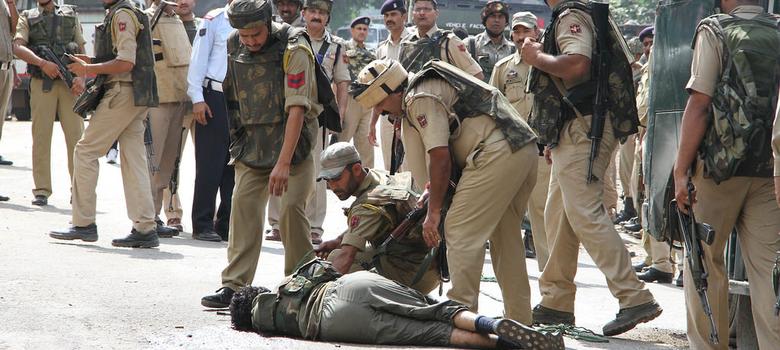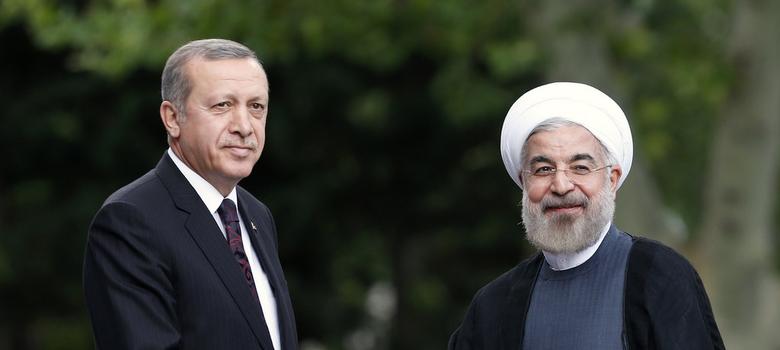Preliminary report made to magistrate
 The militants involved in Wednesday's attack on a Border Security Force convoy in Udhampur district were backed by Pakistani intelligence agency, the Inter-Services Intelligence, police officials from Jammu and Kashmir claimed on Thursday. The officials said that they had written about the possible role of the ISI in a preliminary report submitted to Udhampur district magistrate Shahid Iqbal Choudhary. One Pakistani militant, Mohammed Naved, was captured on Wednesday shortly after he and an accomplice killed two BSF personnel and wounded nearly a dozen others in an ambush.
The militants involved in Wednesday's attack on a Border Security Force convoy in Udhampur district were backed by Pakistani intelligence agency, the Inter-Services Intelligence, police officials from Jammu and Kashmir claimed on Thursday. The officials said that they had written about the possible role of the ISI in a preliminary report submitted to Udhampur district magistrate Shahid Iqbal Choudhary. One Pakistani militant, Mohammed Naved, was captured on Wednesday shortly after he and an accomplice killed two BSF personnel and wounded nearly a dozen others in an ambush.
India hires foreign lawyers for Italian Marines case
India has hired two foreign lawyers to prevent Italy from allowing the case involving two of its marines accused of killing two Indian fishermen to be heard in an international tribunal. Known for their expertise in international arbitration, Alain Pellet and R Bundy will represent India at the International Tribunal on Law of the Sea, which will hear the case on August 10 and 11 in Hamburg. They will be accompanied by Additional Solicitor General PL Narasimha and officials from the Union External Affairs and Home Ministries. India is challenging Italy's move to take the case to the international tribunal as the marines had killed the two fishermen in Indian waters, a senior Home Ministry official said.







/cdn0.vox-cdn.com/uploads/chorus_image/image/46897090/GettyImages-84312065.0.0.jpg)







